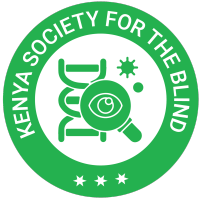

Author(s): Ria Batra, Neelima Mehrotra, Sakshi Singh, Sara Rizvi
Aim: To study the presence of dry eye disease in patients on topical anti-glaucoma therapy.
Materials and methods: Prospective observational study done on patients presenting with glaucoma to Ophthalmology OPD from 1st November 2019 to 13th April 2021. Patients were examined and cases of glaucoma were identified, based on their history, signs and symptoms. Patients were then assessed for the presence of dry eye disease using schirmer’s test, Tear Break-up Time (TBUT), Ocular Surface Disease Index (OSDI) score, corneal and conjunctival staining. These tests were performed at the time of diagnosis to attain a baseline value which was then compared with another reading at 3 months and 6 months of using topical anti-glaucoma drugs, to assess the severity of dry eye disease.
Results: 276 eyes of 138 patients were evaluated, out of which 21 out of 55 patients instilling beta blocker, 1 out of 35 patients instilling Prostaglandin (PG) analogue, 1 of 13 patients instilling Rho-associated protein kinase (ROCK) inhibitors, 2 out of 6 patients instilling cholinergic drugs and 7 of 18 patients instilling alpha-2 agonists developed dry eye disease at the end of 6 months.
Conclusion: A close relationship was observed between prolonged use of topical anti-glaucoma drugs and dry eye disease. The degree of dry eye disease was correlated with type of anti-glaucoma medication used and also with the duration of use i.e., 6 months or more.